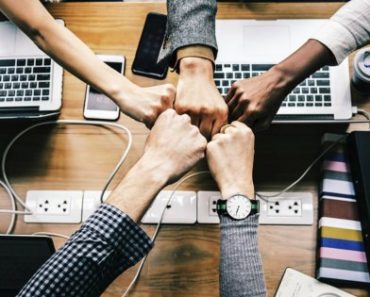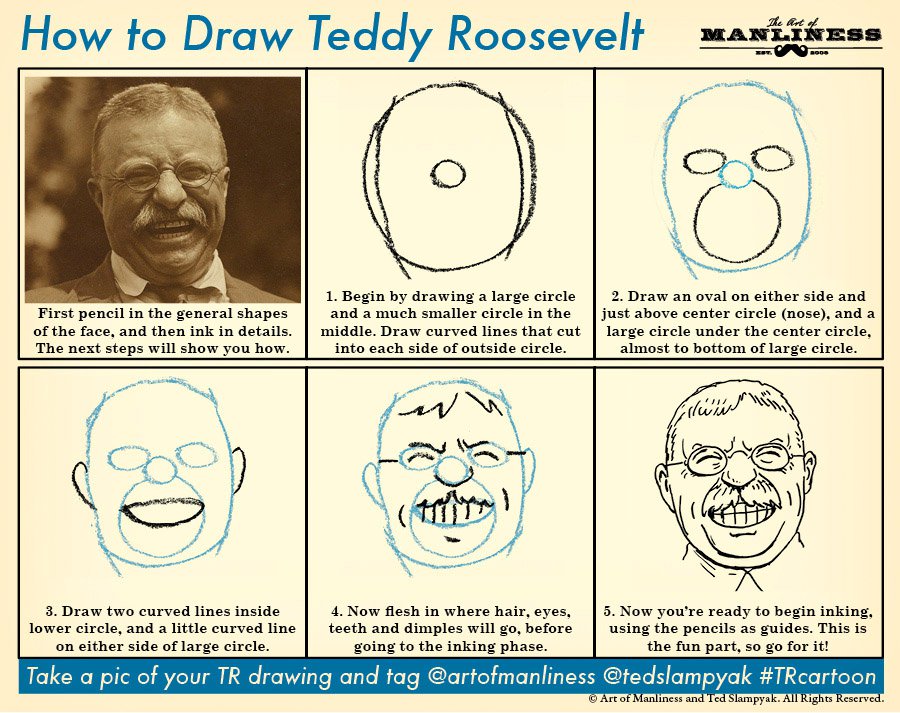As a straight male, I realize that I have a status in society that many do not. This allows me access into certain social situations that may be hostile and dangerous to others. Even as black man, I recognize that my male heterosexual identity protects me and affords me a place this world. Realizing this, I know that it is my obligation to help and inform my fellow entitled man on how we can be better allies to the transgender community.
My first interactions with a transgender person came when I was a junior in high-school. I had been accepted into Paseo Academy of Fine Arts and I met Coco, a young transgender woman. The joke of the school was that everyone knew of Coco and was somewhat friendly with her, but she was made fun of relentlessly. During my first week at school, I was warned, “Coco is going to try and talk to you.” And after that, everyone would pause and say, “She’s a boy.” I didn’t quite understand why a boy would want to dress up as a girl, but at the same time, for some reason, I didn’t really care.
When she and I finally met in the lunchroom, Coco tried to flirt with me, in an awkward 16-year-old way. With everyone looking and laughing, yelling, “She likes you, she likes you!” I politely brushed her off and said I wasn’t interested. Throughout my junior and senior year, I was always polite to Coco. I didn’t have a problem with her; she was who she was. I saw how the other students treated Coco and I felt that she didn’t need another asshole making her life hard.
As I got older, I moved to San Diego, then San Francisco, and I became friends with many in the LGBTQ community. I grabbed brunch in Hillcrest, partied with my gay and lesbian friends in the Castro, participated in fundraising for HIV/AIDS organizations and spoke out against homophobia. I considered myself an ally. However, I still had discomfort about transgender people. I didn’t understand why a guy wanted to be a woman, why a man would want to put on heels and dress, and why they would want gender reassignment surgery. It bothered me that I had these thoughts. It didn’t fit with who I was and who I wanted to be. I knew it was wrong. My girlfriend recommended that I talk with someone who is transgendered to get more clarity about transgender issues and what their everyday lives are like. And so I did.
|
Mia talked about being homeless, sexually assaulted and still pushing toward her goals.
|
I met Mia Satya, a transgendered activist through mutual friends. I was impressed by Mia’s outspokenness, limitless energy and mental and physical fortitude. In a promo video for the San Francisco Pride event, Mia talked about being homeless, sexually assaulted and still pushing towards her goals. When we met, one of the first things I said to her was, “You are a tough muthafucker.” We both laughed.
During our conversation, Mia talked about her upbringing in Texas, coming out, arriving in SF and finding community. I related a lot to her story—a young person leaving home for the big city. When we began to talk more about life as a transgender woman, Mia said, “Every aspect of my life is impacted by the different identities that I have.”
She told of the difficulties of finding a job. “I had a solid resume, but people could not get over the fact that I could be transgender. I have been at job fairs where people would look at me and say, ‘We will get back to you’, after they had given Becky and Hilga interviews on the spot.” Mia spoke of invasive doctor’s visits, “We call it trans broken arm syndrome. When you have a broken arm or a cough and you go into the doctor and they ask, ‘How long have you been on hormones? So, your birth certificate says this.’ It is focusing on your transness and not your condition. The best case scenario is that the doctors are rude to you. The worst case is that you do not receive treatment at all.”
Mia talked about how the media portrays transgender people, “A lot of sitcoms or scary movies, you go out with a girl and the punch line is ‘That’s a man. Ha ha. They almost fooled me.’ That is the only outcome I have ever seen. What about if the couple becomes friends? What if they date? It is always about inflicting violence.”
|
Every time a woman or member of the LGBTQ community wears or does something that could cause them unwanted attention (heck, how about even existing?), it is all on the person.
|
And of course, the importance of the North Carolina bathroom issue, “Well I drink 90 ounces of coffee, so yeah, bathrooms are important to me.” We both laughed. The conversation became serious when I asked Mia about her safety, “When I was younger, I would wear skinny jeans and tight clothes and my Mom would say, ‘You’re gonna get yourself killed.’ It wasn’t, they’re gonna kill you, it’s your gonna get yourself killed. Putting all the responsibility on me. trans violence is a men’s issue. I don’t want to be a martyr, I want to live.” That hit me. I stopped and paused for a second. Every time a woman or member of the LGBTQ community wears or does something that could cause them unwanted attention (heck, how about even existing?), it is all on the person. No responsibility is ever on the man to change their behavior. The blame is always placed on the victim.
Days after, I thought about our conversation and the final words Mia left me, “We need allies, we need straight men talking about transgender issues in their language. Straight men need to talk about stopping the killing of trans people at sporting events.” It wasn’t enough for this straight male to be asking a trans person questions. Mia performing her intellectual labor to help me see that transgender people had a right to live just like everyone else. That was my job. This reminded me of something that I would tell white people constantly when they would ask me how they could be “Better white people.” “My job is not to teach you how to be good. Your job is to figure that out. My job is to survive in this racist, white supremacist society.” In other words, I have to do the work. Mia and other trans folks like her have enough on their plate.
Regarding the North Carolina transgender bathroom ban, in all seriousness, that is the stupidest, most time-wasting, ass-backwards 1950’s shit that we can be concerned about. In 2016, we have unarmed black men being gunned down by police in the street at alarming rates. Flint, Michigan’s water supply is close to undrinkable; education in America is the lowest it’s been in quite some time; there is a deep wealth gap and we are worried about who can use what bathroom? Seriously, this is what people are concerned about? Question: how are we supposed to enforce this rule? Are you going to go behind people while they “handle business?” It’s silly right? To all who are concerned about this, here is a reality check: trans people have been using public restrooms, you just didn’t know it.
|
When we don’t respect people enough to address them as how they want to addressed, then that leads to ridicule.
|
Months ago, I was walking down Polk street in San Francisco, a former queer neighborhood that fell victim to the neverending tide that is gentrification, with my little brother “M.” We were talking about his future educational pursuits when we walked past two transgender women. He whispered to me, “You know those are guys right?” I immediately corrected him saying, “They identify as women, so you refer to them as women.” I think back to that moment with M and realize that it starts with correction. When we don’t respect people enough to address them as how they want to be addressed, then that leads to ridicule. When we ridicule someone, then it is easy to cause and justify harm, and when we cause and justify harm, people end up dead. In 2016, The Advocate, an LGBTQ-centered publication, reported 23 confirmed murders of trans people, up from 21 in 2015. Now that may not seem like a lot; we have to take into account there’s only an estimated 700,000 people or 0.3% of the US population who identify as trans. This does not highlight that over 70 percent of these murders are non-white people. And we are not even talking about the hundreds of assaults that trans people face everyday. When you put all of that together, you get a picture of how dangerous being trans can be.
I wrote this essay because I want to start the conversation of straight men talking about how we can make the world a better place for transgender people. I think about Mia Satya and all of the struggles she’s had to overcome because we have verbally and physically terrorized her. I think about the transgender sex worker who has to risk his or her life because we cannot get over our prejudices and hire them for a regular 9-to-5. I think of Coco, the young transgender woman I met in high-school who was looking for acceptance, but who received scorn because we turned her away. We need to change, start accepting, and be loving now.
RIP Monica Loera, Jasmine Sierra, Maya Young, Demarkis Stansberry, Kedarie Johnson, Shante Thompson and others who have lost their lives in 2016 to transphobic violence.
—
If you believe in the work we are doing here at The Good Men Project, please join like-minded individuals in The Good Men Project Premium Community.
◊ ◊
◊
◊ ◊
◊
Get the best stories from The Good Men Project delivered straight to your inbox, here.
◊ ◊
◊
◊ ◊
◊
Sign up for our Writing Prompts email to receive writing inspiration in your inbox twice per week.
—
Photo credit: Getty Images
The post Straight Male Allyship to the Transgender Community appeared first on The Good Men Project.
(via The Good Men Project)








